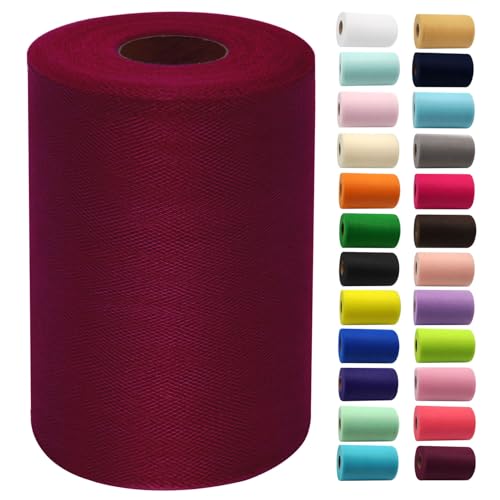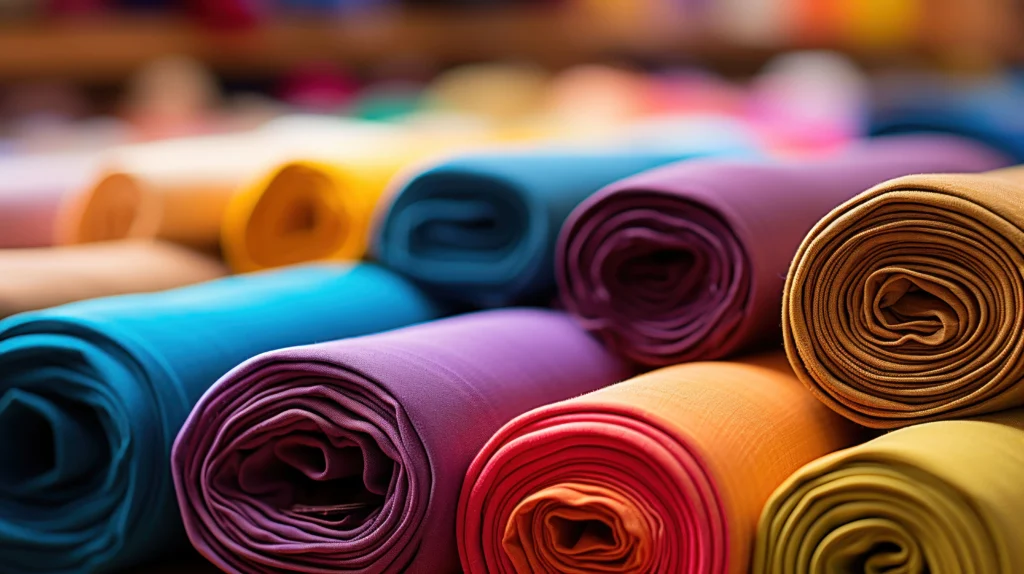
Design, Sew and Be Inspired
Quality fabrics for your creative projects.
Fabrics for every creation
At Tela.one, you’ll find the best fabrics and textiles for any type of garment or project you have in mind. Design with inspiring, durable, and beautifully draped materials.

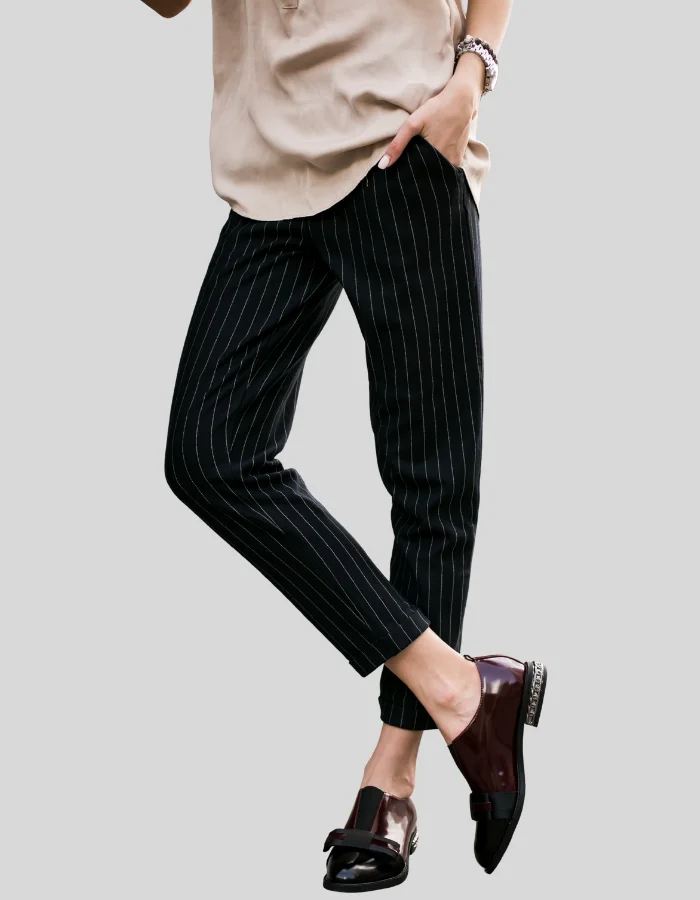
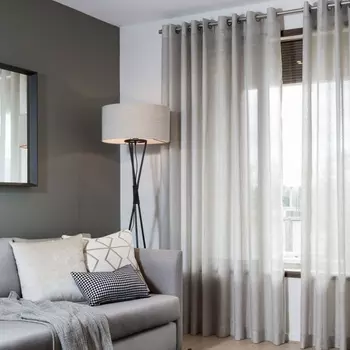

Explore our main categories of fabrics and textiles
Find everything you need to create with style and precision:

From casual wear to lingerie and costumes

Get ready for Halloween with the best costumes!
Find unique costumes for kids and adults. From scary classics to fun characters, ready to wear and enjoy!
Clothes that inspire your style
Discover our garments made with high-quality fabrics. Each design combines comfort, style, and craftsmanship.

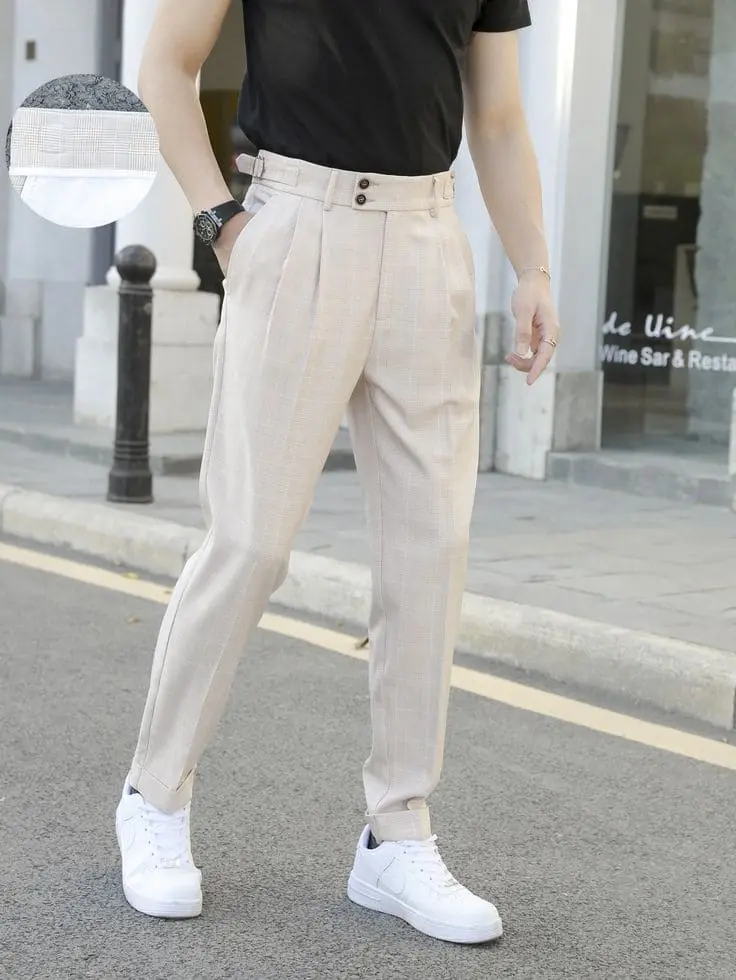
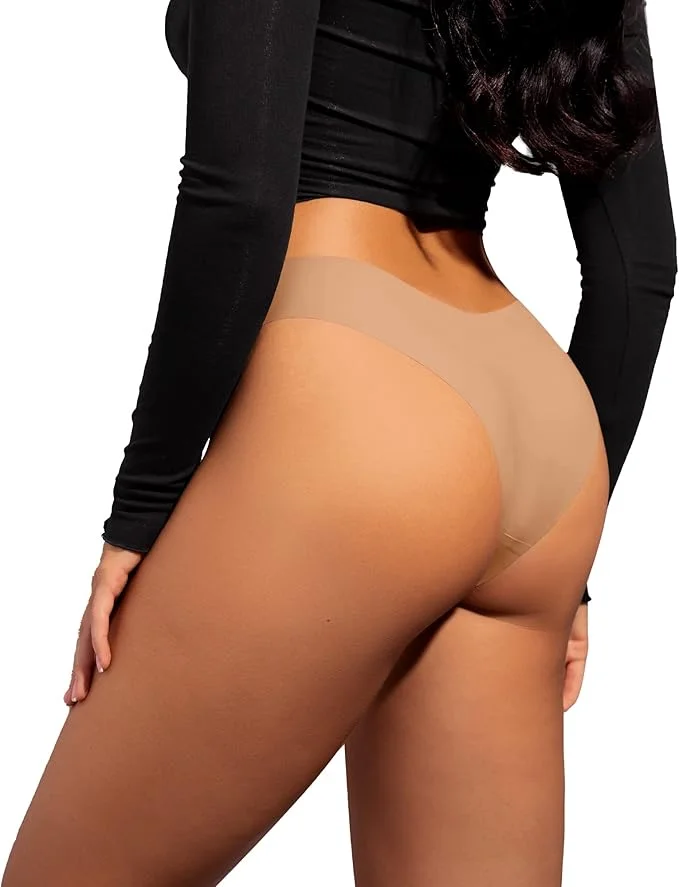

Types of fabrics that set trends
Find the perfect fabric for your project. From shiny textures to wrinkle-free fabrics, all with the quality that defines Tela.one.
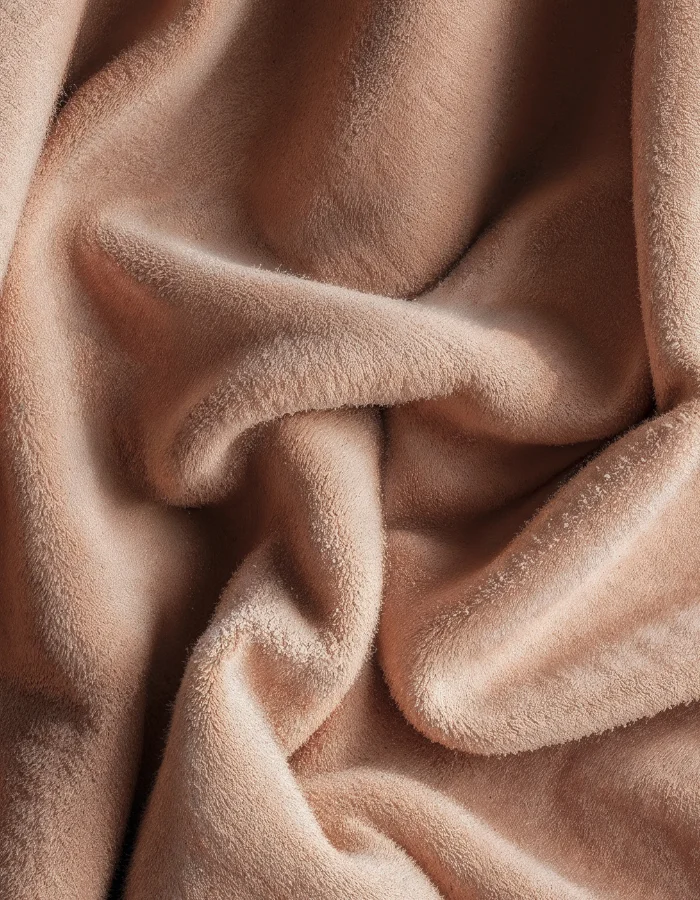
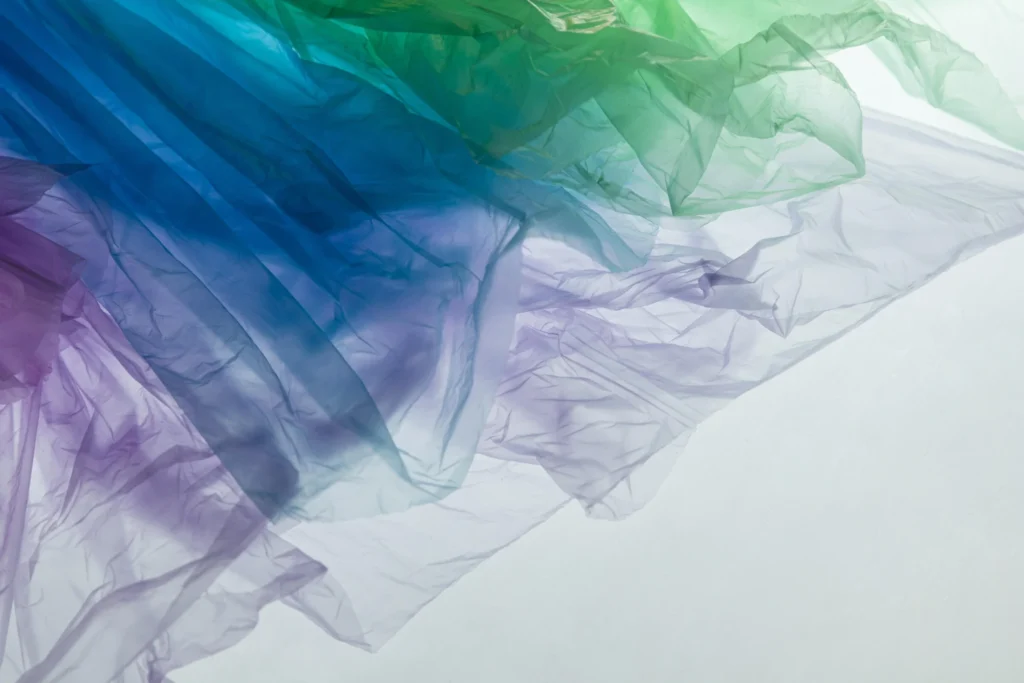
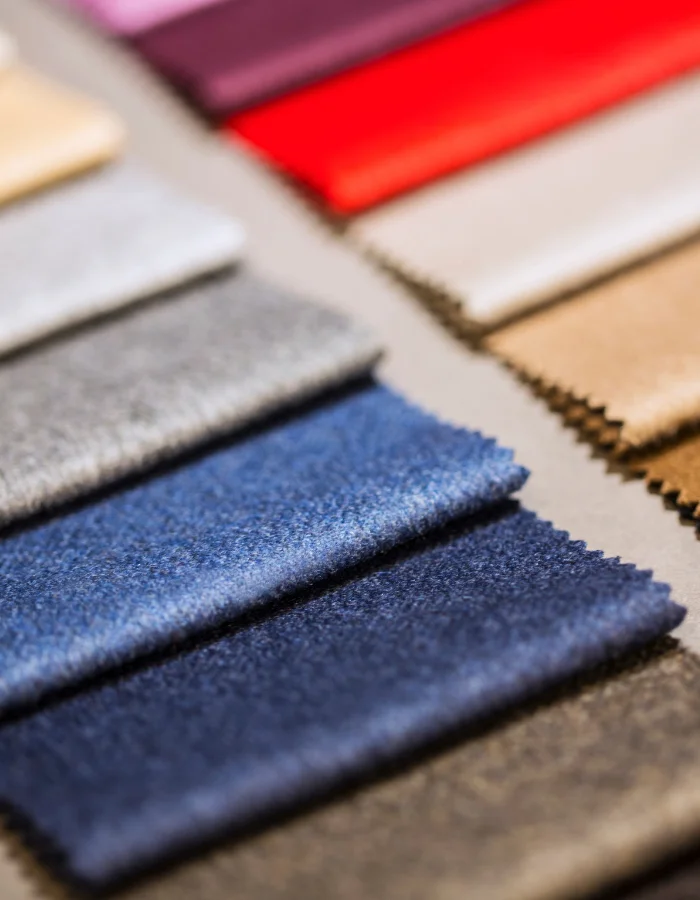
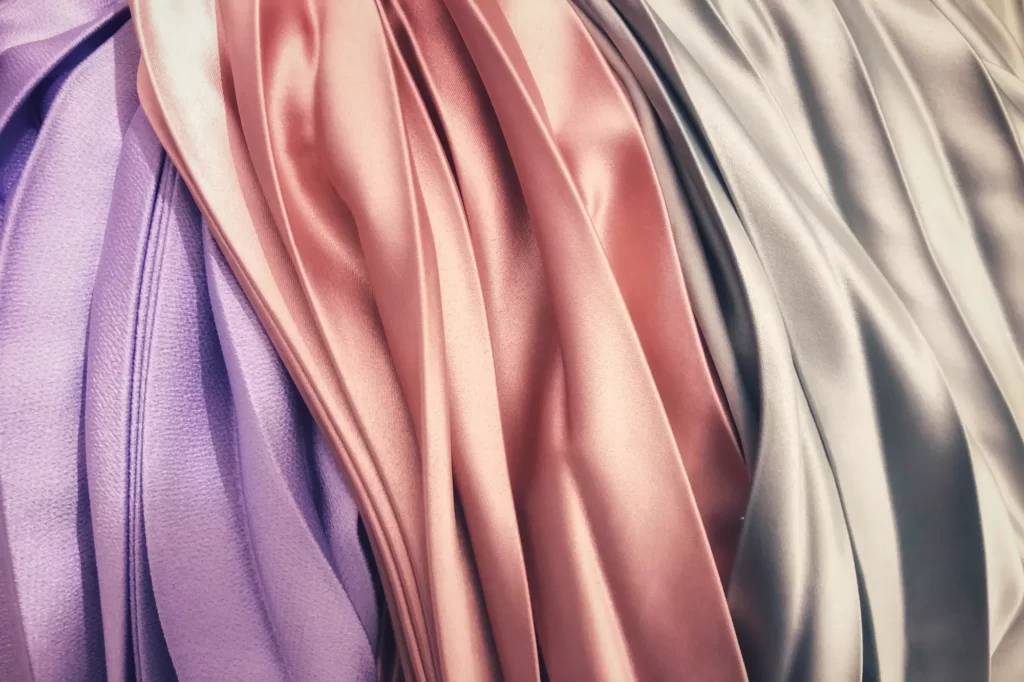
Essential haberdashery for your projects
Complete your sewing kit with our selection of tools, threads, embellishments and support materials
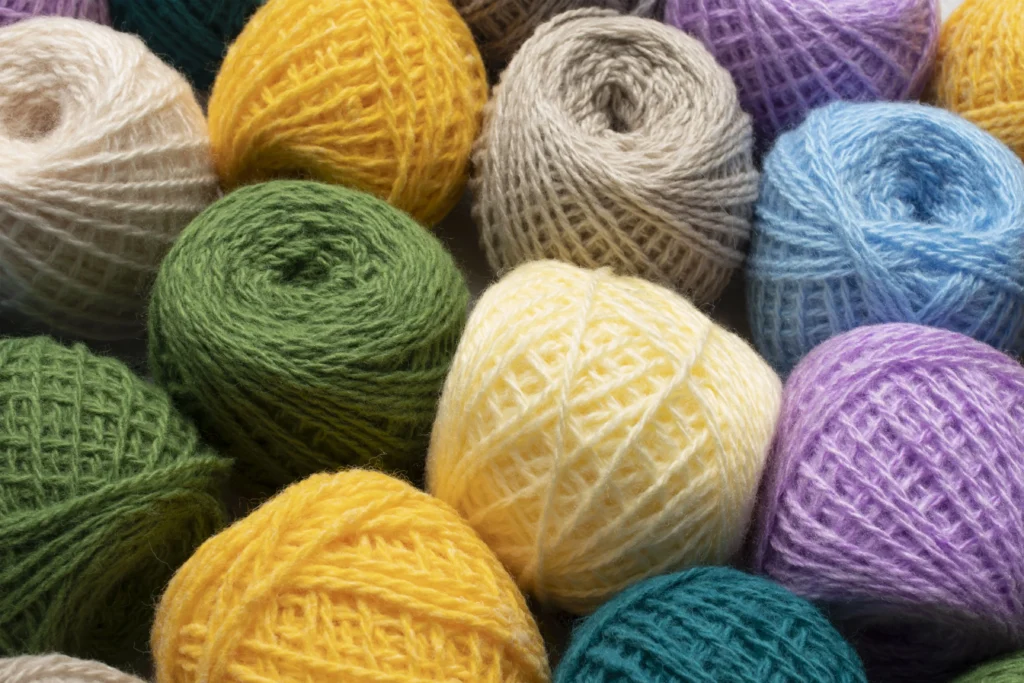
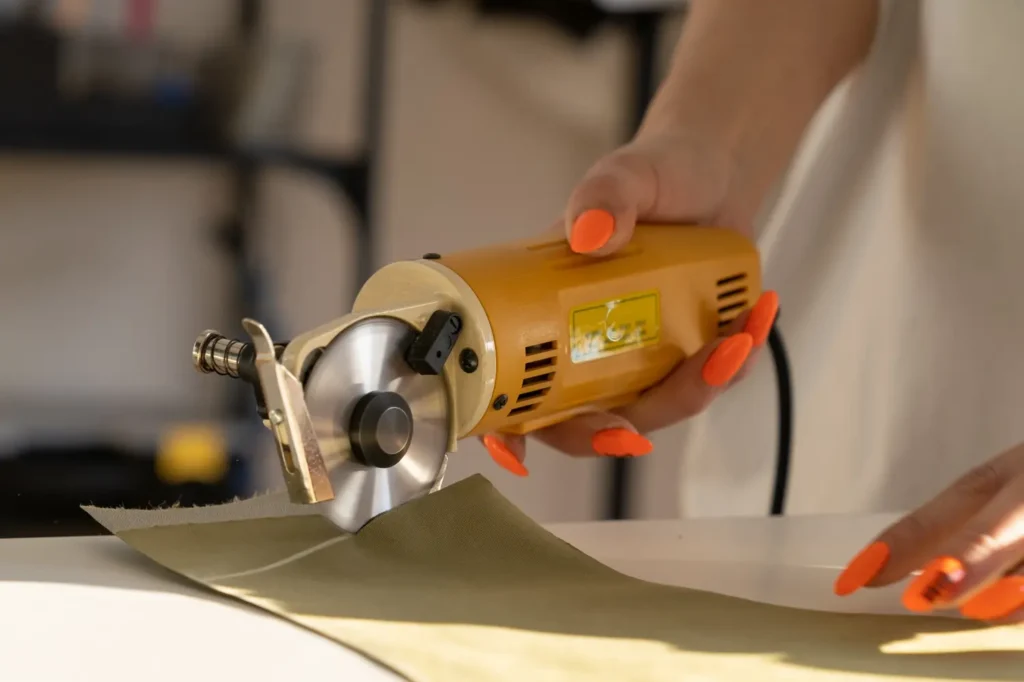
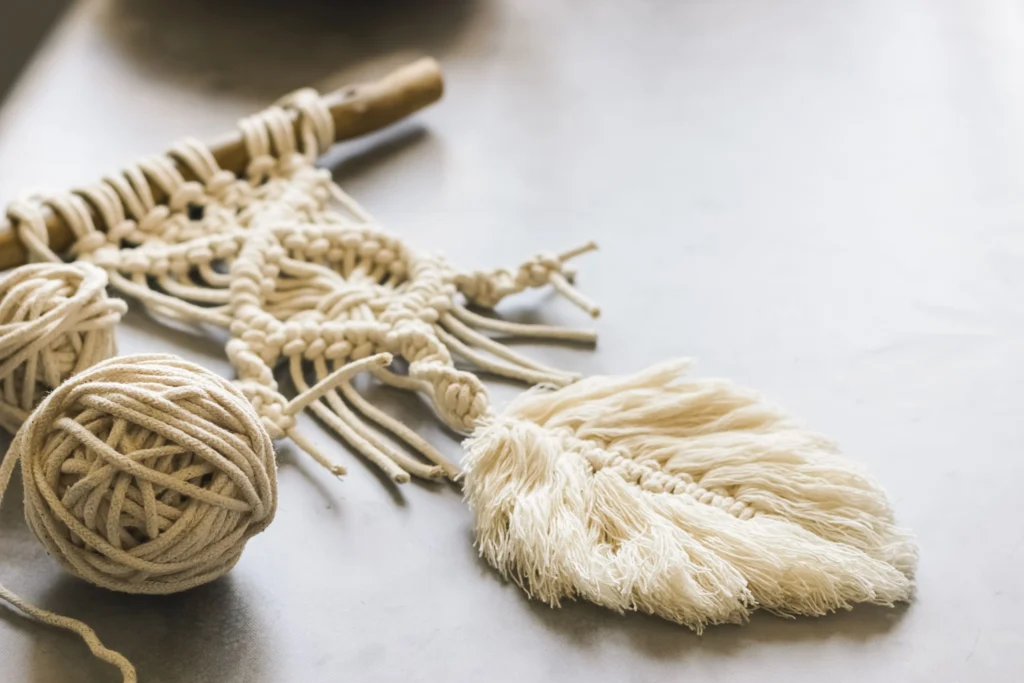

Sewing Machines and Accessories
Find professional sewing machines and tools to achieve flawless results.
Sewing Articles and Guides
Learn, improve, and create with our how-to guides and tips:
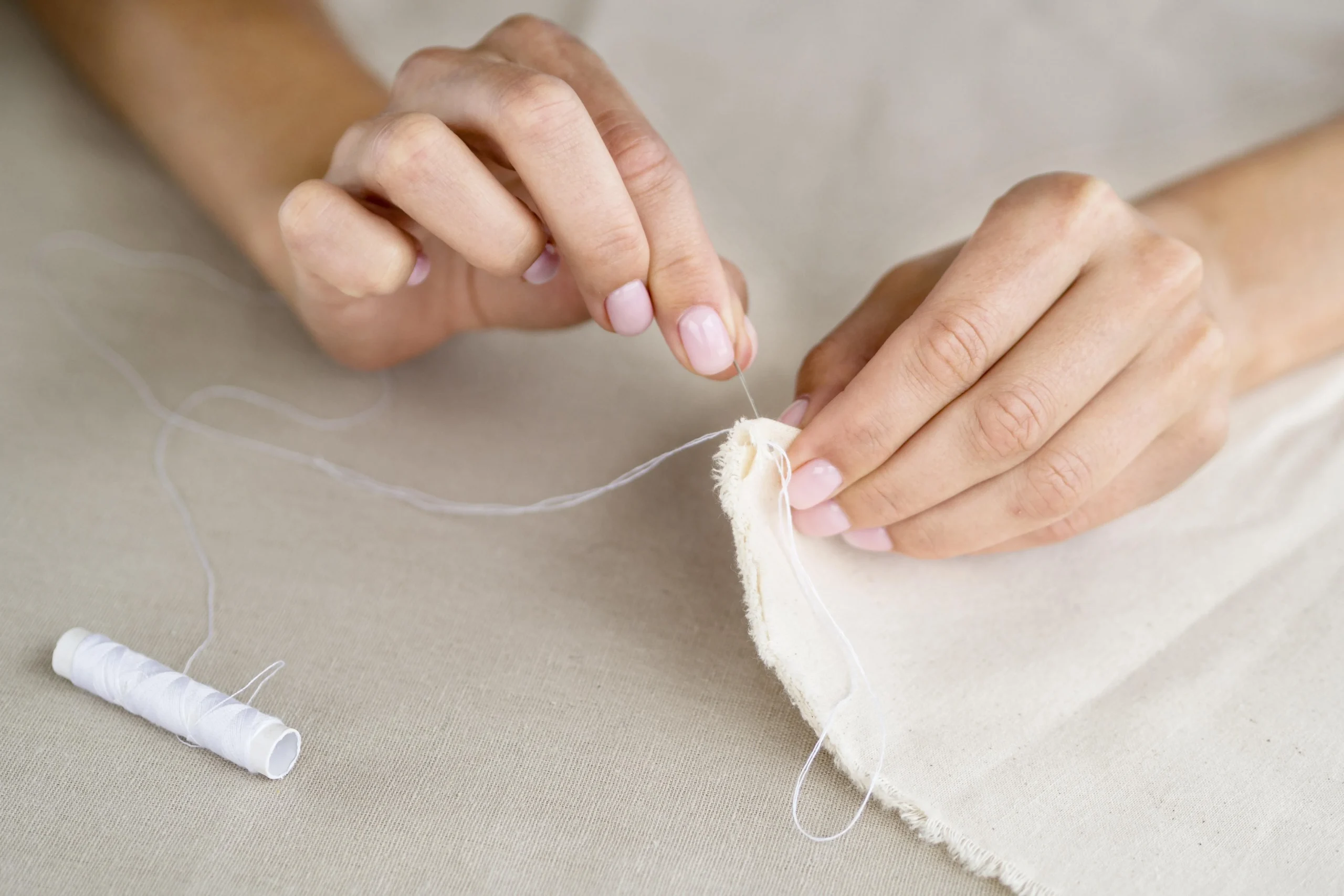
Invisible Sewing: Techniques for Fine and Discreet Things:
A step-by-step guide to mastering this professional technique.
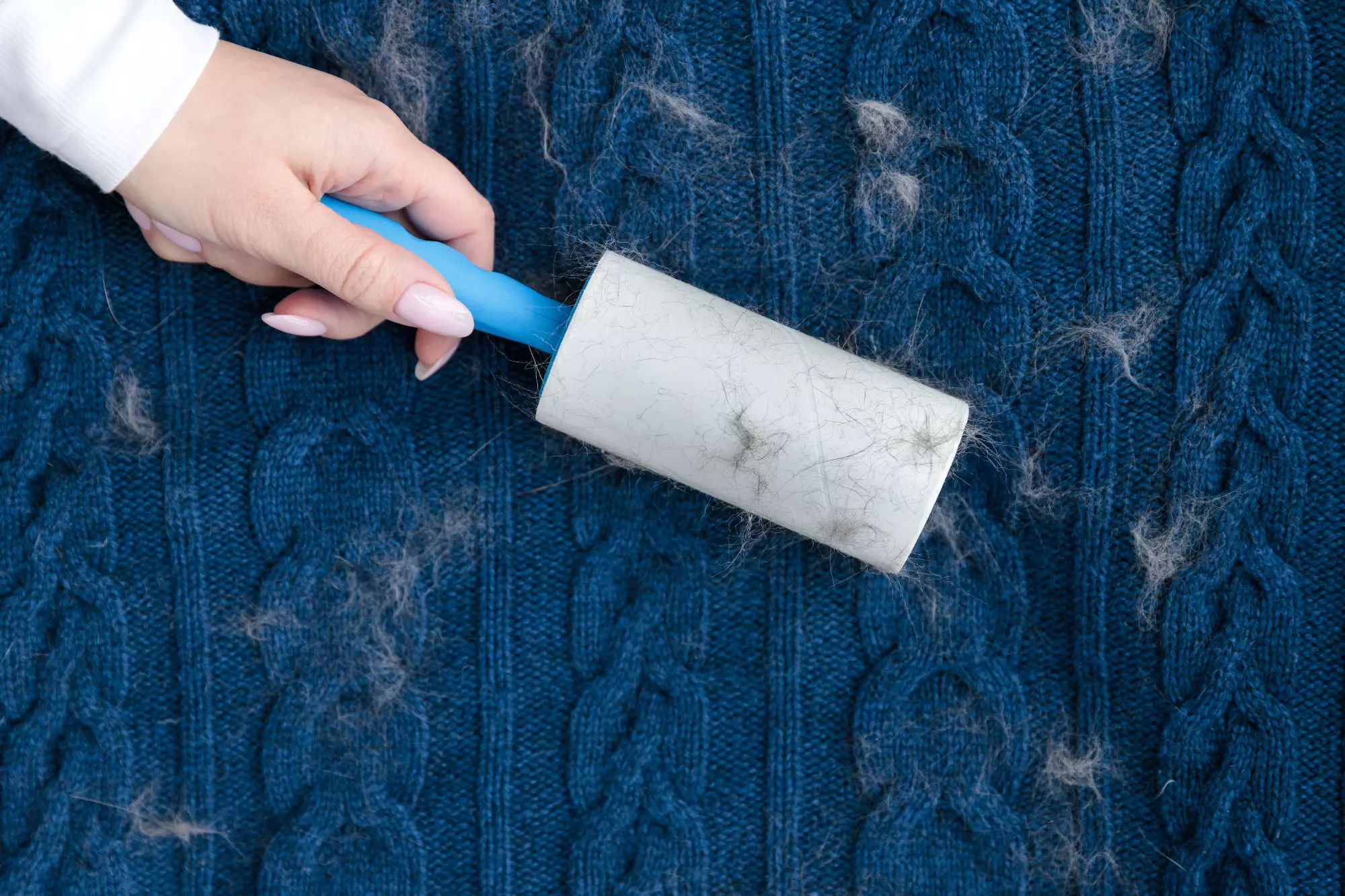
Fabrics to prevent pet hair: Learn which fabrics repel hair best and how to keep your clothes spotless.





